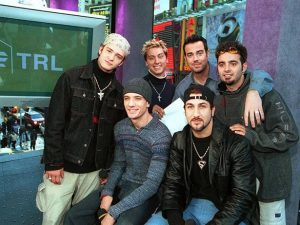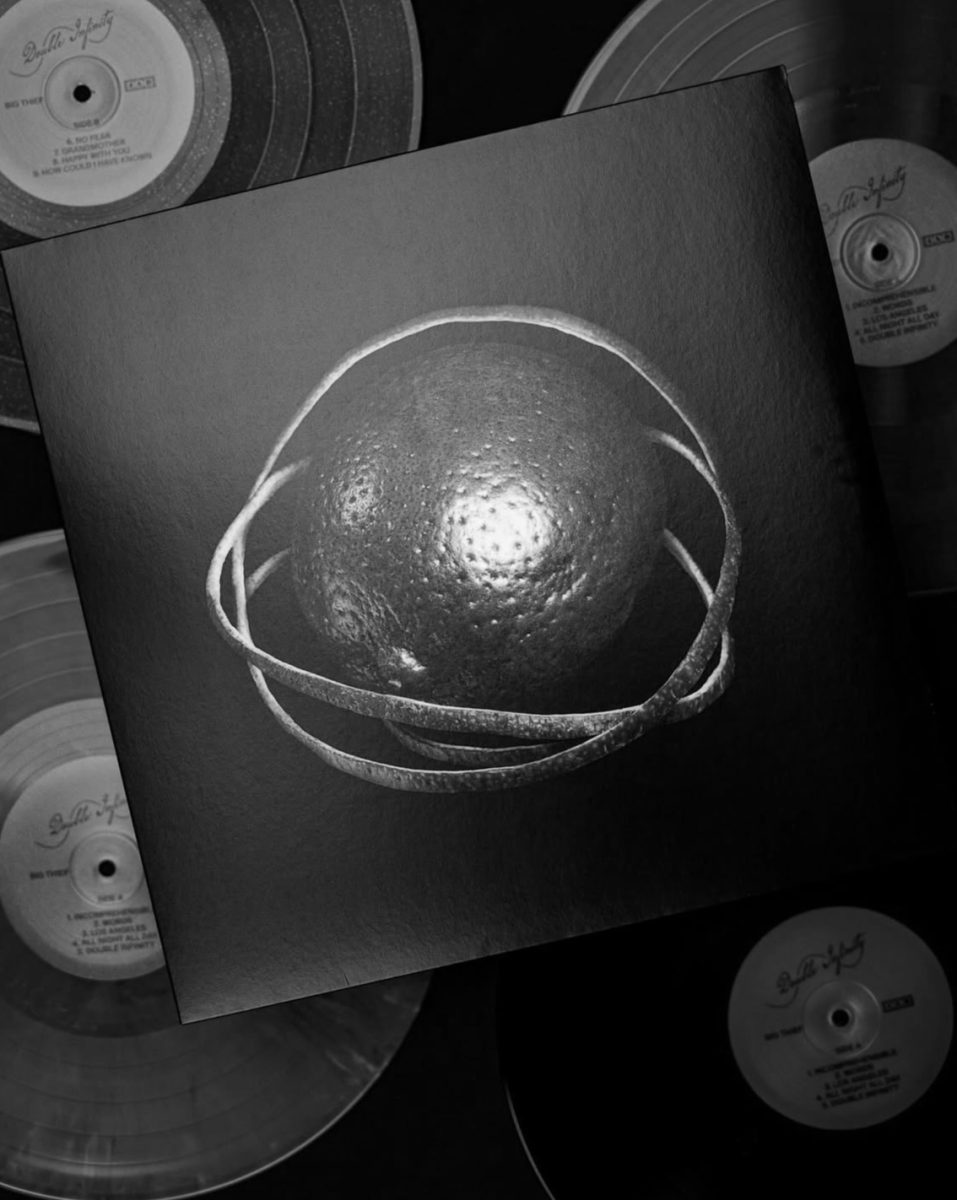By Erin Cabrey

MTV’s iconic music video countdown staple, “Total Request Live,” returned to television screens on Oct. 2 after nine years off the air. The original show, which ran from 1998 to 2008, helped boy bands like *NSYNC and pop stars like Britney Spears and Christina Aguilera reach commercial peaks. However, the reboot, a gaudier and more gimmicky embodiment of the classic installment defined by low-rise jeans and frosted tips, proved to be a bit too preoccupied with its appearance to capture its early 2000s soul.
The new “TRL” was different than the original in more than a few ways. Fans now have their iPhones constantly raised in front of them to capture celebrity appearances. The beloved roles of Carson Daly and, later, Damien Fahey have been assumed by an ensemble of fashionable hosts headed by DC Young Fly and Tamara Dhia. The biggest change, however, is the show’s tragic lack of music videos, a sin in a time when this thriving medium has entries like “Look What You Made Me Do” and “New Rules” that are just begging to be counted down.
In the show’s defense, its premiere was faced with an immense challenge: to indulge in the gloss and excess that is pop music today after the country was shaken by the deadliest mass shooting in our history. The show has been faced with the challenge of handling unspeakable tragedy before, in an eloquently handled broadcast in 2001, just three days after the 9/11 attacks struck the city that “TRL” calls home.
It seems, then, that the show never had much of a chance to thrive. Everything after the somber opening, which impressively urged viewers to take action against gun violence, seemed out of place, rushed and just not right. The game plan to focus on positivity was a valiant one, and furthermore not divergent from the approach the show took 16 years ago, when it urged viewers to request their favorite videos in an attempt to lift their spirits. Unfortunately, this outing just felt off no matter how hard they tried.
Beyond this unfortunate circumstance, the show was overwhelming from the get-go. The appearance of DJ Khaled, a personality so huge it’s a nearly impossible to bind him to a TV screen, especially when clad in a bright yellow ensemble, was jarring. The hour-long show was laced with what seemed like ads for DJ Khaled and his single “Wild Thoughts,” which felt confusing and forced.
The studio, too, was a visual overload. Glossy, flashy and far too big, it engulfed its fledgling hosts and made technical difficulties and timing mishaps seem that much more uncomfortable. For a reboot with big shoes to fill, “TRL” and its reimagined studio created far too much space than it could ever successfully occupy.
The show did feature some glimpses of possibility, however, ones which offered flashbacks to days past and served as a reminder of when “TRL” was a teenage staple nearly a decade ago. In one shot, Ed Sheeran was standing in the corner of the classic studio with only the host and the backdrop of Times Square on the screen and it felt for a moment that this reboot could work. The camera cut to the street with fans outside the studio, making the case for why they were Sheeran’s biggest fans for a chance to meet him. By episode three, guest Nick Jonas, who stopped by the original show several times with the Jonas Brothers, christened the studio with a performance of his latest single followed by a classic, slightly awkward interview that was reminiscent of the old days of “TRL.”
In those moments, the true impact of “TRL” and why it is an enshrined institution for MTV became clear. There was an intimacy and realness to the show, a coolness exemplified by Carson Daly dealing with out-of-control celebrities (see: Mariah Carey and Eminem) and a devoted fan involvement which gave the show its name. The show bolstered the idea of fandom and aided in raising the music video to a revered millennial art form. If the show could zero in on that idea and build off the foundation established when the show first aired nearly 20 years ago, it might just be okay.
What the show does seem to be taking advantage of over its first few episodes is its surprisingly candid hosts, especially DC Young Fly, who expertly and hilariously shut down Donald Trump after they played footage of the president throwing paper towels into a Puerto Rican crowd. “No paper towels are gonna bring nobody’s house back…” said the host, as he began a spirited argument against Trump’s actions that featured an expletive or two. That raw energy derived from the political climate, one very different than the time of its predecessor, taking in a new direction the uncensored and controversial nature that has long defined MTV, might just be what could keep this “TRL” reboot fresh and relevant.
If “TRL” can keep this blunt and unpredictable political commentary from its hosts interwoven with its celebrity interviews and performances and, for the love of Britney, play some actual music videos, then there might just be hope for it after all.





































































































































































































